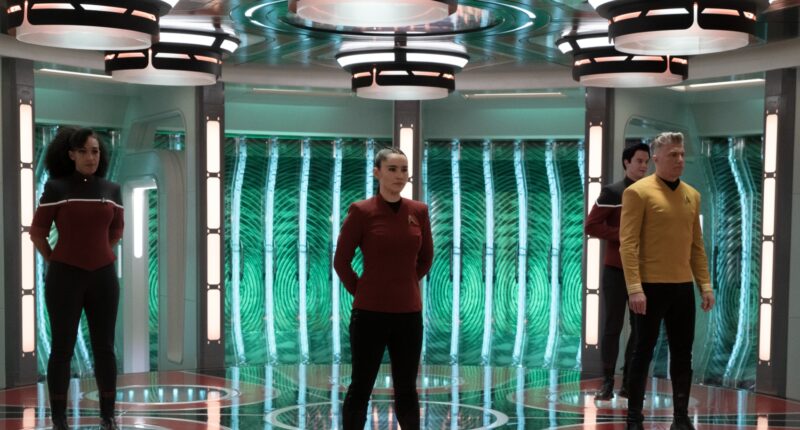For all that the streaming era has given us, there are still a lot of genuinely annoying things about it, most notably when it comes the business and production of TV. Now, six to eight-episode seasons of popular series are commonplace, usually dropped as single-release binges instead of spread out over weeks, and it’s not unheard of for it to take multiple years for new batches of episodes to arrive. Gone are the days of extended seasons, regular release schedules, and weekly watercooler debriefs online (or in person, what a concept) with friends.
Even a franchise giant like Star Trek isn’t unaffected by these changes. While we’ve had more Trek properties than ever before in recent years, the series has struggled to adapt to the streaming format, and the modern era of the show looks quite a bit different than its predecessors once did. Ten-episode seasons are now the new normal, and no Paramount+ series has yet managed to air more than five of them.
Star Trek: Strange New Worlds, the most critically acclaimed installment of the franchise in a very long time, will end with a truncated fifth season of six episodes. This means that it’ll barely eke past the more universally criticized Star Trek: Enterprise in terms of runtime. (And will fall well short if you consider total episode count.) And it’s probably time to question that fact. Sure, the Trek franchise looks better than it ever has. But what are we losing in this transition to shorter seasons and lower episode counts? Is it time to think about whether the show should go back to producing longer seasons?
Brannon Brega says yes. And he should know, since he’s written more episodes of Trek than anyone else. He has writing credits on over 100 episodes and two feature films. He began his career as an intern on Star Trek: The Next Generation, served as showrunner on Star Trek: Voyager, and was one of the creators of Star Trek: Enterprise. If anybody is in a unique position to weigh in on how the franchise has changed over the years — and in the switch from broadcast to streaming — it’s him. And in his view, something has to give.








